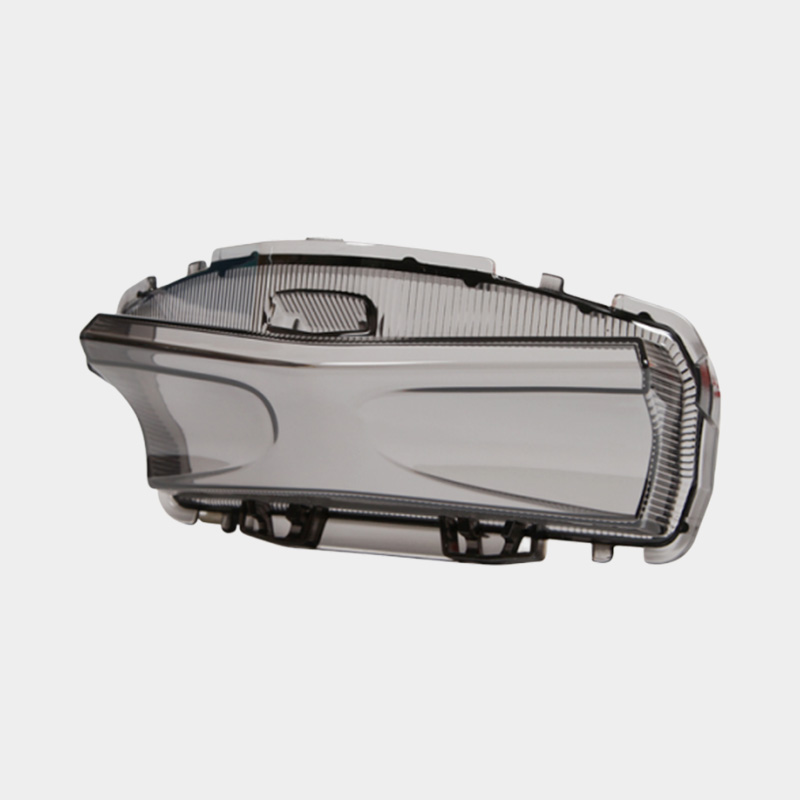1. Cavity layout. The number of cavities and their arra […]
1. Cavity layout. The number of cavities and their arrangement are determined according to the geometric structure characteristics of plastic parts, dimensional accuracy requirements, batch size, mold manufacturing difficulty, and mold cost.
For Car Instrument Dashboard Mould, the precision of plastic parts is grade 3 and grade 3a, the mass is 5g, the hardening gating system is used, and the number of cavities is 4~6; the plastic parts are general precision (grade 4~5), and the molding material It is a partially crystalline material, and the number of cavities can be 16~20; the mass of plastic parts is 12~16g, and the number of cavities is 8~12; and the plastic parts with a mass of 50~100g, the number of cavities is 4~8 indivual. For amorphous plastic parts, the recommended number of cavities is 24~48, 16~32 and 6~10. When the quality of plastic parts continues to increase, multi-cavity molds are rarely used. For plastic parts with grades 7-9, the maximum number of cavities is increased by 50% compared to the plastics with grades 4-5 indicated.
2. Determine the parting surface. The position of the parting surface should be conducive to mold processing, exhaust, demoulding and molding operations, and the surface quality of plastic parts.
3. Determine the gating system (shape, location and size of the main runner, sub-runner and gate) and exhaust system (exhaust method, location and size of the exhaust groove).
4. Select the ejection method (ejector rod, ejector tube, push plate, combined ejection), and decide the undercut treatment method and core pulling method.
5. Determine the cooling and heating method, the shape and position of the heating and cooling groove, and the installation position of the heating element
6. According to the mold material, strength calculation or empirical data, determine the mold part size, shape size, shape structure and the position of all connections, positioning and guide parts.
7. Determine the structural form of the main molding parts and structural parts.
8. Considering the strength of each part of the mold, calculate the working size of the molded part

Taizhou Huangyan Chuangji Mould Industry Co.,Ltd.